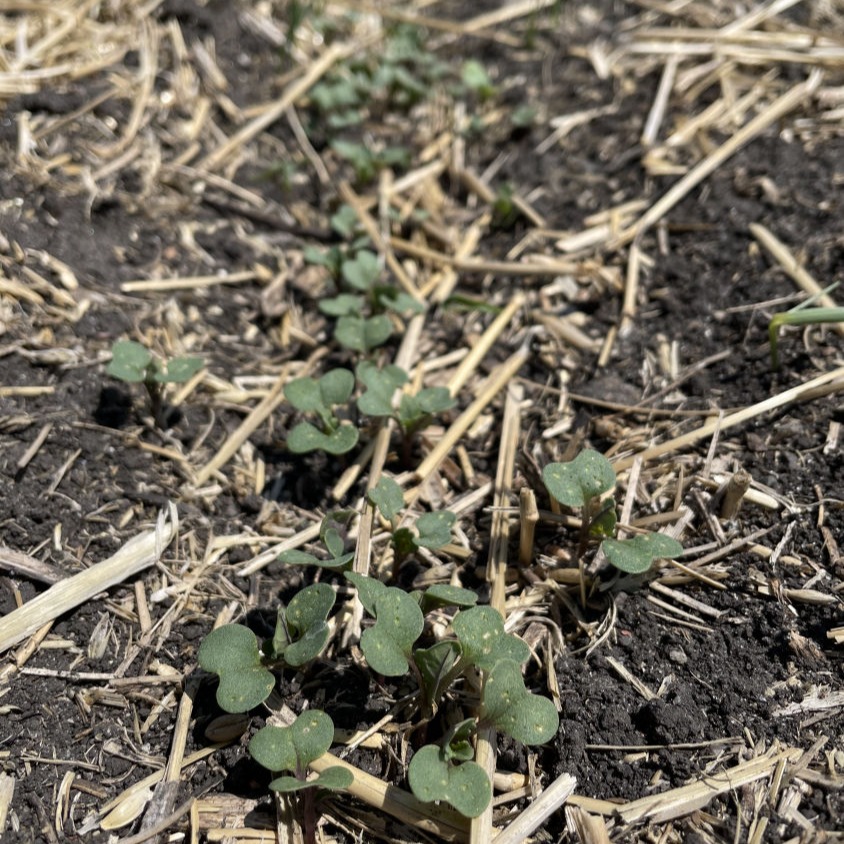
Weather plays a big role in disease development and spread. The most severe cases occur in warm, humid conditions with frequent rain, where as warm, dry conditions slow development. Blackleg can still be an issue in dry years if there was sufficient moisture early to disperse spores[2]. It is also common to see blackleg infections in plants affected by hail damage as the wounds provide an entrance for spores.
This past fall, we noticed blackleg in majority of the fields that we scouted. Although severity was low (majority of fields rated a 1 on the blackleg disease severity rating scale), it was very prevalent. It was the most severe in fields where the same, older variety was repeatedly grown in rotation. In a webinar hosted by the Government of Saskatchewan back in February, they reported that 81% of crops surveyed had at least trace levels with an average incidence (plants with symptoms) of 15%. Incidence increased from 2019, but overall severity was low. The East-Central region had approximately 70% prevalence and 10% incidence.